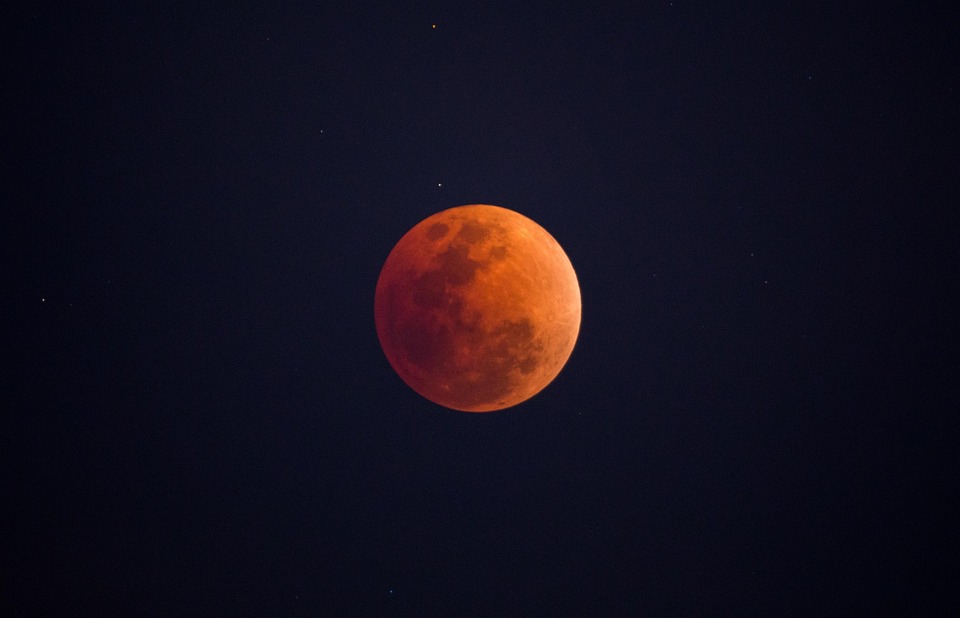Lunar eclipses have long been a source of fascination and intrigue, with their unique spectacle of the Moon passing through the Earth’s shadow. But beyond the awe-inspiring visuals, lunar eclipses hold a rich symbolism and meaning that spans across cultures and centuries. In this article, we’ll delve into the mysteries of lunar eclipses, exploring their significance in ancient mythologies, astrological interpretations, and modern spiritual practices.
Ancient Mythologies and Lunar Eclipses
In many ancient cultures, lunar eclipses were seen as ominous events, often associated with chaos, chaos, and destruction. For example, in ancient Chinese mythology, lunar eclipses were believed to occur when a dragon swallowed the Moon, while in Norse mythology, the eclipse was attributed to the wolf Fenrir devouring the Moon. These mythologies not only reflected the fear and superstition surrounding lunar eclipses but also highlighted the profound impact these events had on the cultural and spiritual practices of ancient societies.
Astrological Interpretations of Lunar Eclipses
In astrology, lunar eclipses are considered to be significant events, often marking important shifts in personal and collective energies. The eclipse is seen as a time of release, transformation, and renewal, as the Moon’s passage through the Earth’s shadow symbolizes the confrontation with one’s own shadow self. Astrologers often interpret lunar eclipses as opportunities for introspection, self-reflection, and spiritual growth, encouraging individuals to confront their deepest fears and desires.
Modern Spiritual Practices and Lunar Eclipses
In modern spiritual practices, lunar eclipses are often seen as powerful catalysts for personal transformation and spiritual evolution. Many spiritual seekers and practitioners view the eclipse as a time for meditation, ritual, and ceremony, harnessing the energies of the event to amplify their intentions and connect with the divine. The lunar eclipse is also seen as a symbol of the feminine principle, representing the cycles of life, death, and rebirth, and the eternal dance between light and darkness.
The Science Behind Lunar Eclipses
From a scientific perspective, lunar eclipses occur when the Earth passes between the Sun and the Moon, blocking the sunlight that normally reflects off the Moon’s surface. The Earth’s shadow has two parts: the umbra, which is the darker inner shadow, and the penumbra, which is the lighter outer shadow. During a lunar eclipse, the Moon passes through the Earth’s umbra, causing the Moon to darken and sometimes take on a reddish hue. This phenomenon is a result of the Earth’s atmosphere scattering the Sun’s light, casting a reddish glow on the Moon’s surface.
Conclusion
Lunar eclipses are awe-inspiring events that hold a deep symbolism and meaning, spanning across cultures, centuries, and spiritual practices. As we gaze upon the Moon’s shadow, we are reminded of the mysteries of the universe, the cycles of life and death, and the eternal dance between light and darkness. Whether viewed through the lens of ancient mythology, astrological interpretation, or modern spiritual practice, lunar eclipses invite us to embark on a journey of self-discovery, transformation, and connection with the cosmos.


Leave a Reply